

In the lead-up to the arrival of its sequel later this year, Bluepoint Games — a regular Sony go-to for upscaling games, like the Nathan Drake Collection and several PS2 Classics on PS3 — has given the original title a lick of paint and released it again on PS4 as Gravity Rush Remastered.
Bringing us back to a higher-def instance of the floating city of Hekseville, players once again find themselves waking up as Kat, an amnesiac girl, as the city faces an ongoing threat from gravity storms. Quickly learning that the storms aren’t the only thing with power over gravity, Kat is soon flinging herself in every direction, trying to uncover her own past while preventing the city from being torn apart by storms or the monstrous Nevi who continue to attack the city and its inhabitants.
Gravity Rush’s gameplay is its strongest component, and the reason why is right there in the name. Utilising her feline companion Dusty’s abilities, Kat is able to defy gravity and send herself shooting in any direction, making the gameplay a true 3D experience. Having to think outside the traditional up-and-down really encourages a lateral approach to the game world — often, it’s hard to tell which way is the true ‘down’ until your power gauge depletes and you’re sent barreling in that direction. Combat relies heavily on gravity manipulation too. Whilst ground-based enemies can often be taken down with a few of Kat’s powerful kicks, many enemies will remain airborne or shielded in such a way that gravity manipulation is the only way to take them out.
The big question is, how has this game done in its transition to the new-gen environment of Playstation 4? Even on release for Vita, Gravity Rush wasn’t the pinnacle of graphical possibility – understandable, given the scope of its areas and rapid nature of movement. Thankfully, the Remastered polish has made the most of what was already there, rendering Hekseville at a buttery-smooth 60 frames per second even at four times the resolution of the original release. The Remastered edition also folds in all the post-release DLC created for Vita, with associated trophies to unlock as you progress, much like the game’s main campaign.
The controls are responsive and familiar to anyone who played the Vita edition, given the similarity of inputs between the two. One big benefit is that your camera is still controlled by the accelerometers in the controller, which feels very natural given the game’s disregard for physics. A simple twist of your hands can realign your view of the game, with the added benefit that it doesn’t impede your view of events – as great as this kind of camera control is, on the Vita it often meant that lining up the camera obscured or totally eliminated your view of the screen. Not so on the PS4! The relationship between your movements and the game still feel 1:1, without getting in your own way.
One small issue has arisen consistently in my playtime with the PS4 version, however – in addition to it availability via a button combo, Kat’s dodge move has also been mapped to the PS4 controller’s touchpad. This would be great to have as an option – similar to the functionality on the Vita’s touchscreen – if it was a feature that could be disabled. As a human man with human man-sized hands, I often found my fingertip would brush the edge of the touchpad while navigating with the left analog stick, sending Kat cartwheeling off at random. As the slightest touch will initiate this evasive maneuver, it made it difficult to feel like I was fully in control while playing, without constantly adjusting my grip on the controller outside of how I naturally would hold it. With no option to disable this function on the touchpad, it’s put a dampener on what is otherwise a great retooling of the game’s control layout.
Overall Gravity Rush Remastered is a great translation of the original experience to the new platform. Initially the move to PS4 for Gravity Rush 2 seemed to be against the spirit of the game’s great use of the Vita’s functionality, so it’s nice to see Remastered arrive for two reasons; to act as a test case for how well this series can operate on a home console, and to provide access to the existing title for non-Vita owners before the sequel arrives later in the year. If this is what Project Siren and Bluepoint can do when gussying up a four-year-old Vita game, I look forward to the sequel taking full advantage of the PS4’s power.
Gravity Rush Remastered was reviewed using a promotional code on PS4, as provided by the publisher.
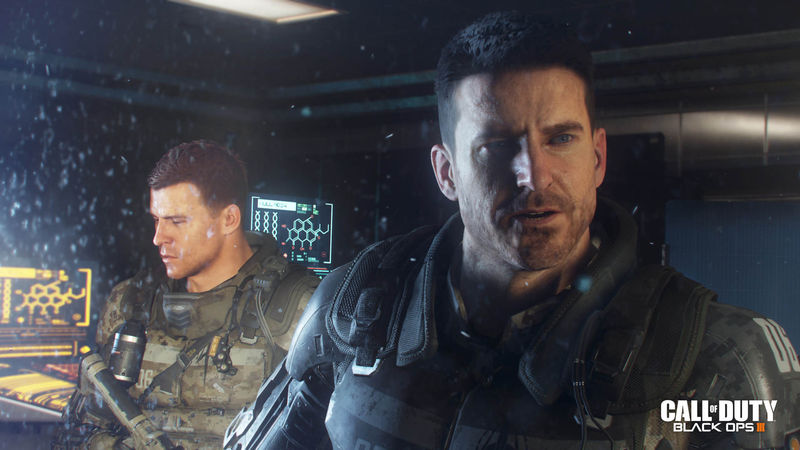
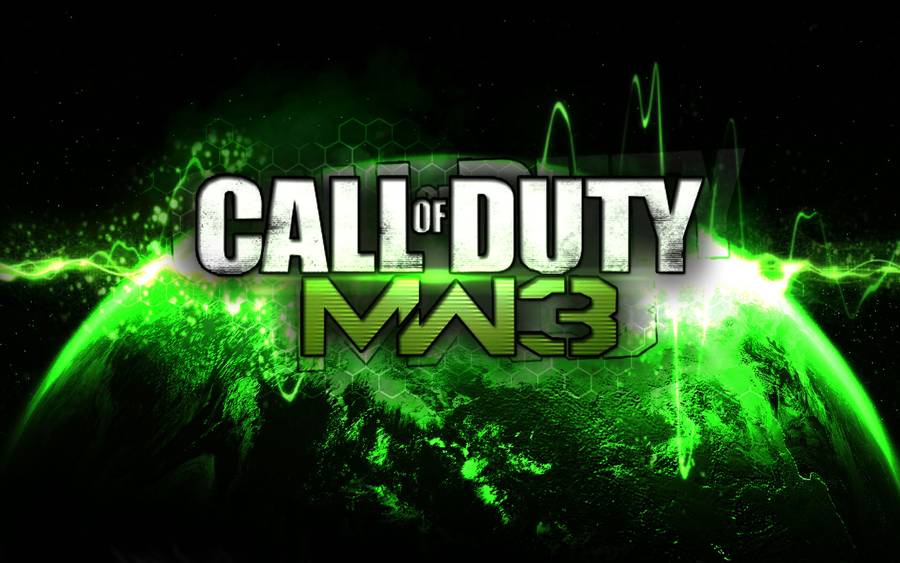
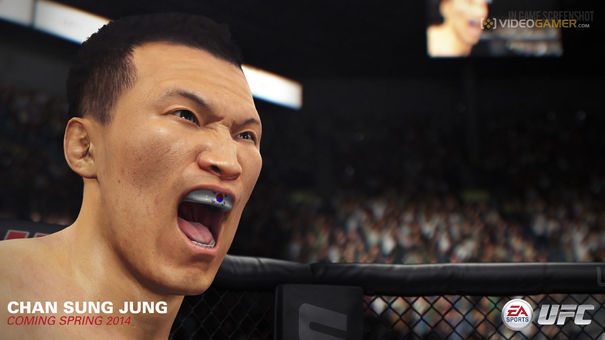

 The M4A4 versus the M4A1-S - Have you made your decision?
The M4A4 versus the M4A1-S - Have you made your decision?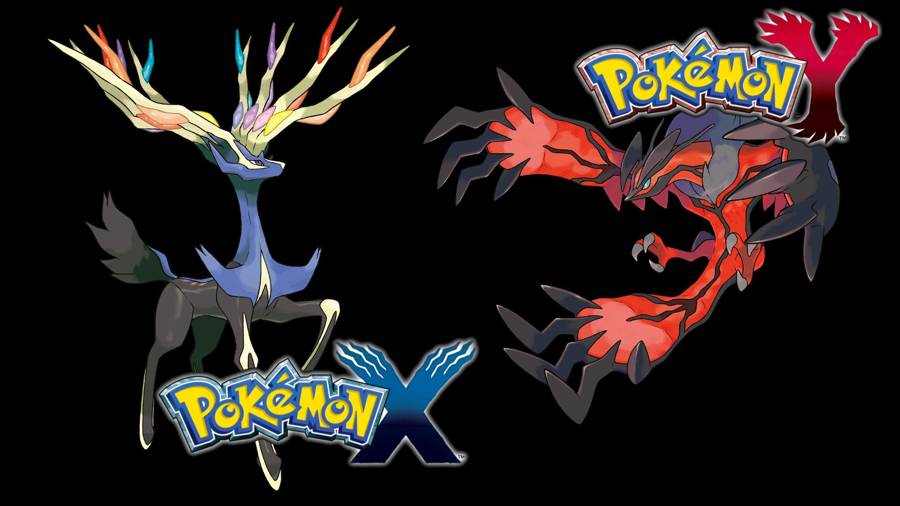 Pokemon X & Y Guide: Shalour City Gym Guide
Pokemon X & Y Guide: Shalour City Gym Guide Minecraft Mod Examination: The Camping Mod
Minecraft Mod Examination: The Camping Mod League of Legends {Guide:} How to climb Solo Queue and escape ELO Hell. Its all in your head. Part 1.
League of Legends {Guide:} How to climb Solo Queue and escape ELO Hell. Its all in your head. Part 1.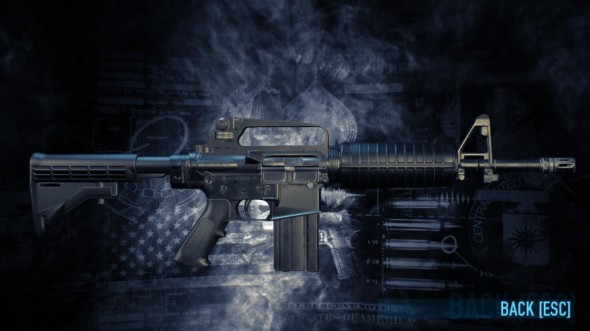 Payday 2: General Weapons Guide
Payday 2: General Weapons Guide